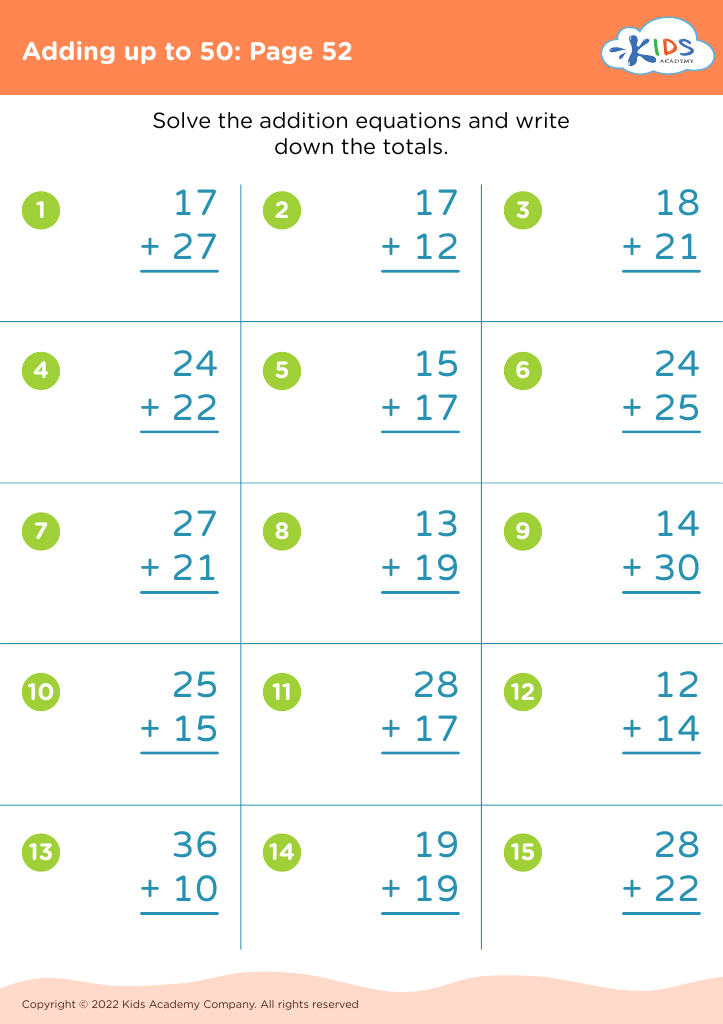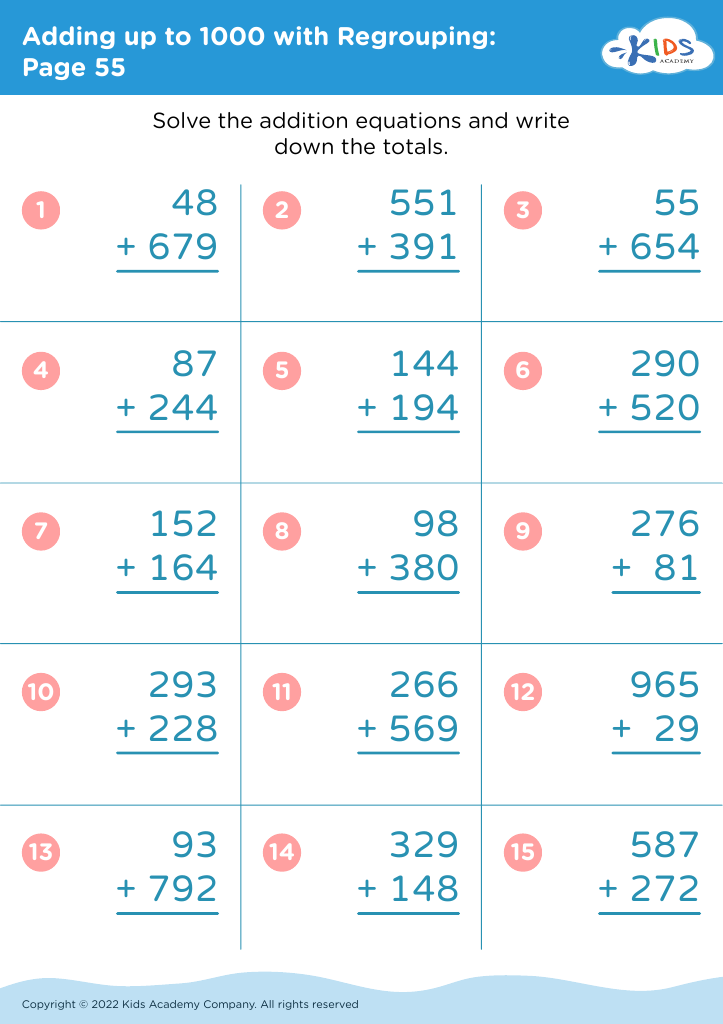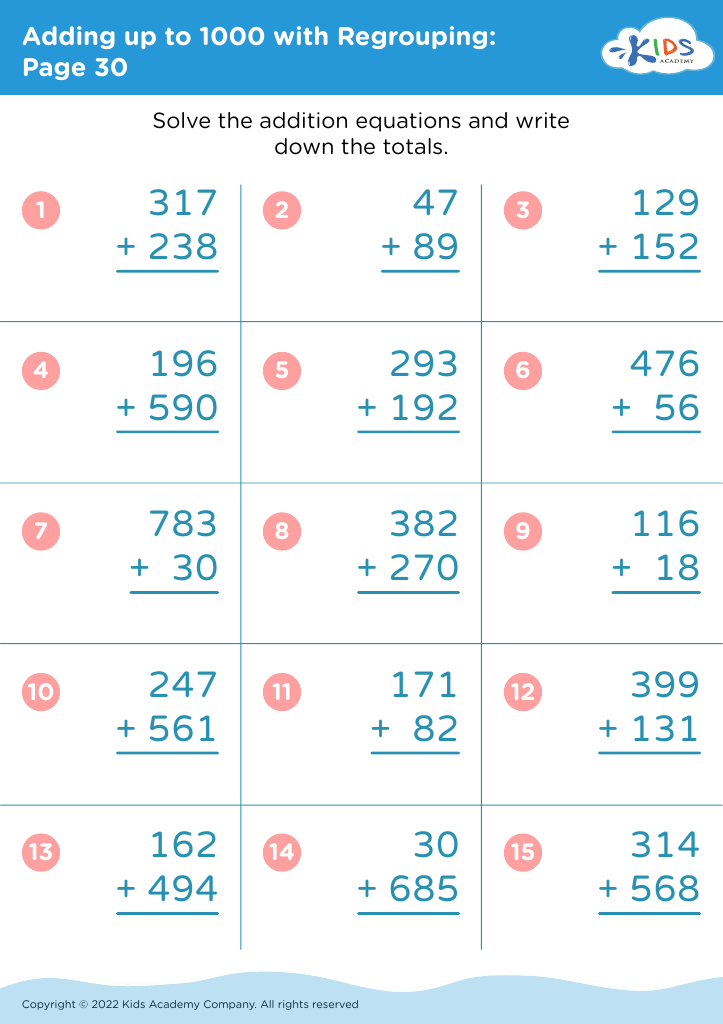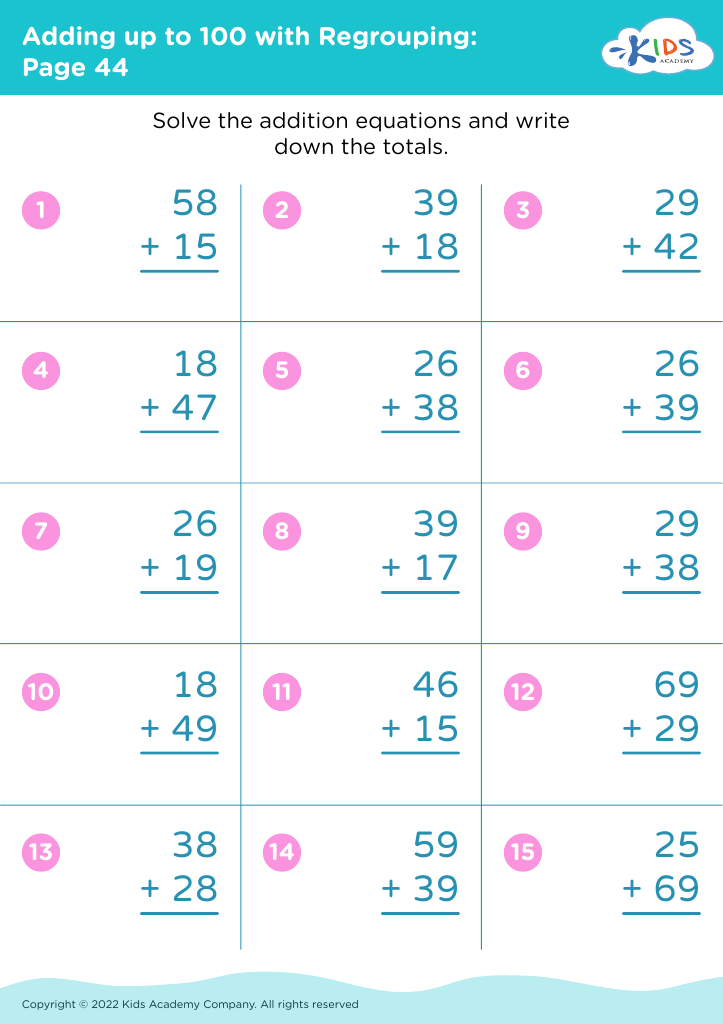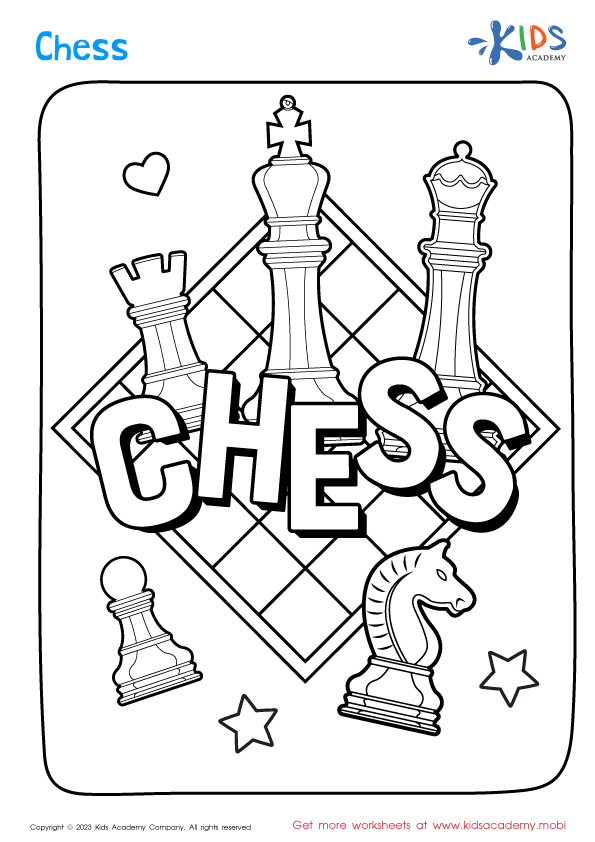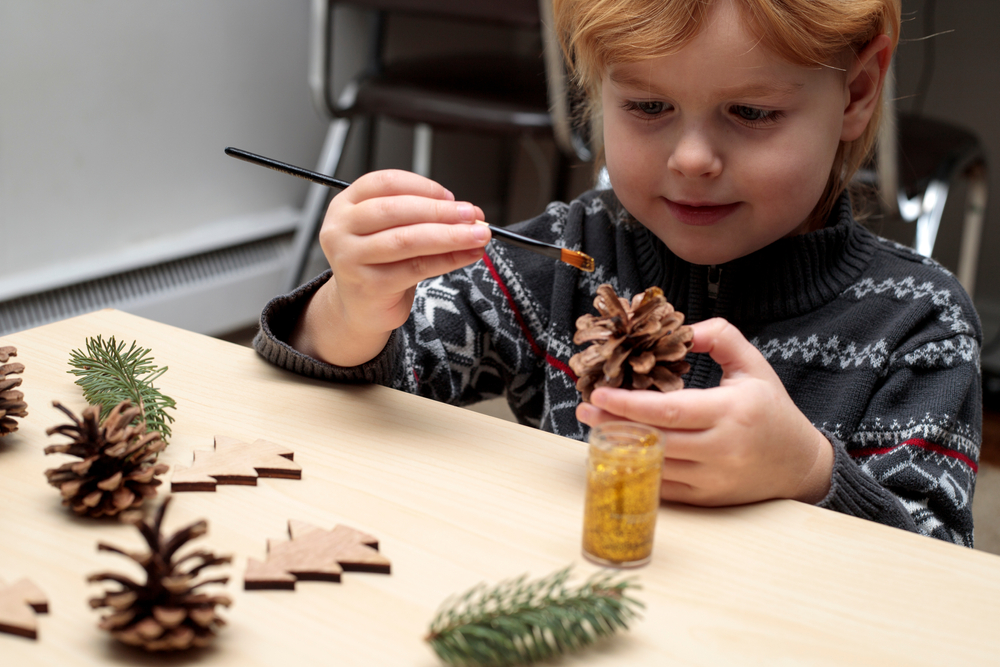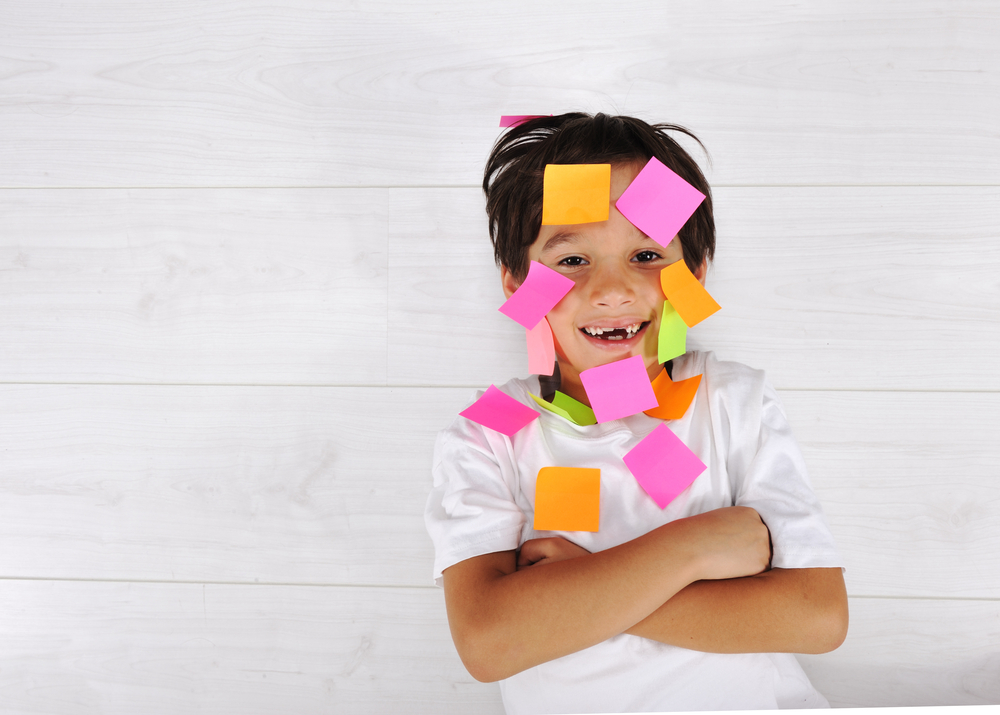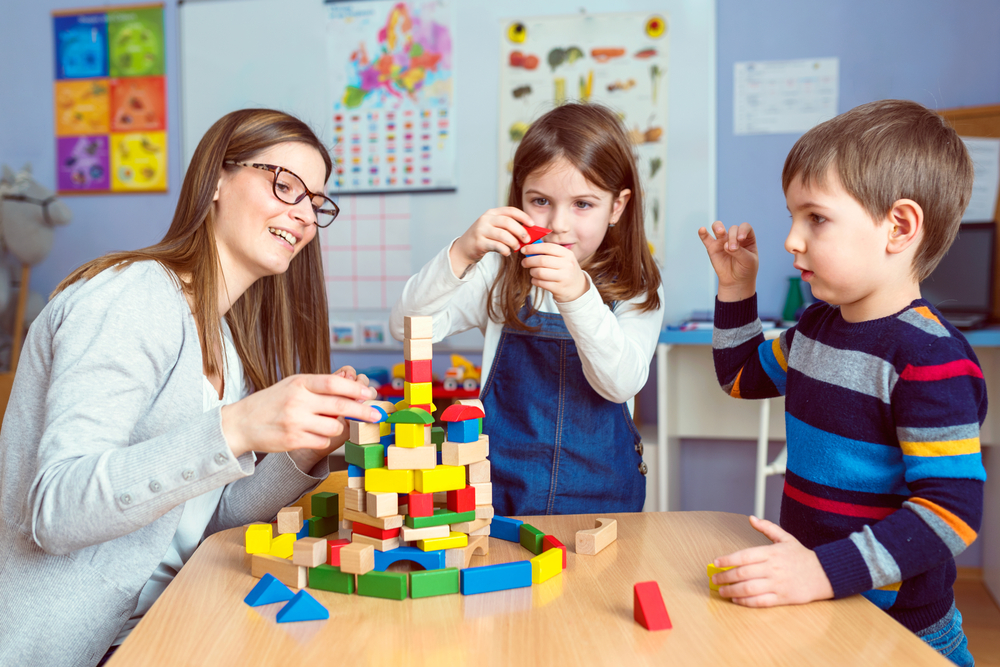Enhancing creativity Worksheets for Ages 5-9
11 filtered results
-
From - To
Unlock your child's imagination with our "Enhancing Creativity Worksheets" designed for ages 5-9! These engaging worksheets foster artistic expression and critical thinking through fun activities like drawing, storytelling, and creative problem-solving. Ideal for home or classroom use, our resources encourage independent exploration while enhancing essential cognitive skills. Each worksheet is crafted to inspire young minds, promoting not only creativity but also collaboration and communication. Perfect for playful learning, our worksheets provide endless opportunities for kids to express themselves and develop their unique voices. Start your creative journey today and watch your little ones flourish in their imaginative endeavors!
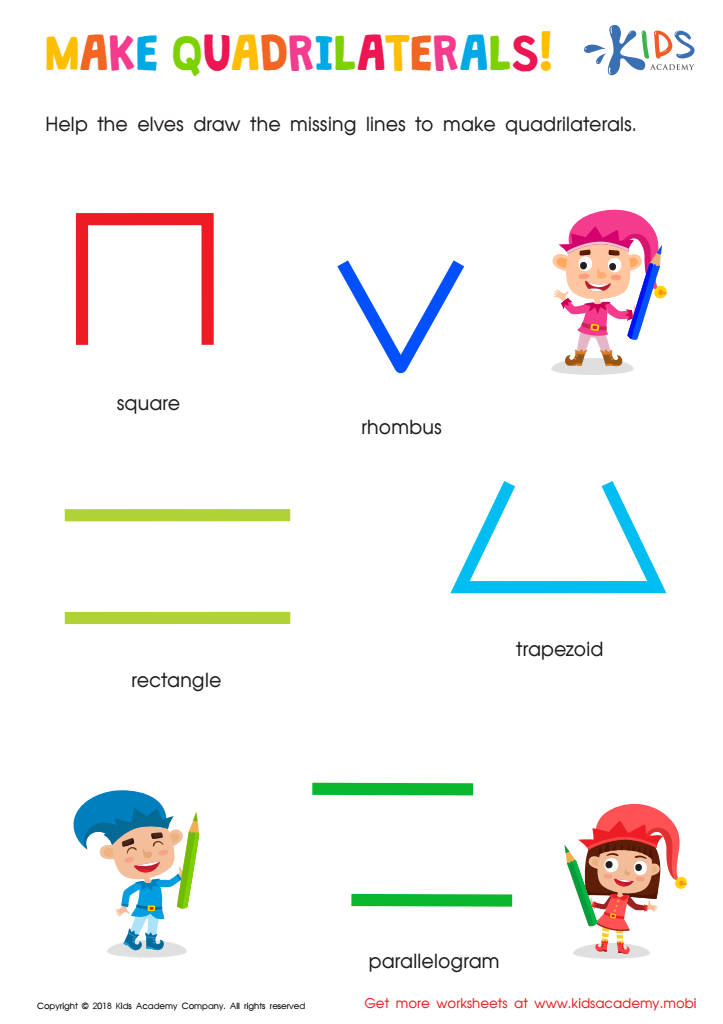

Make Quadrilaterals Worksheet
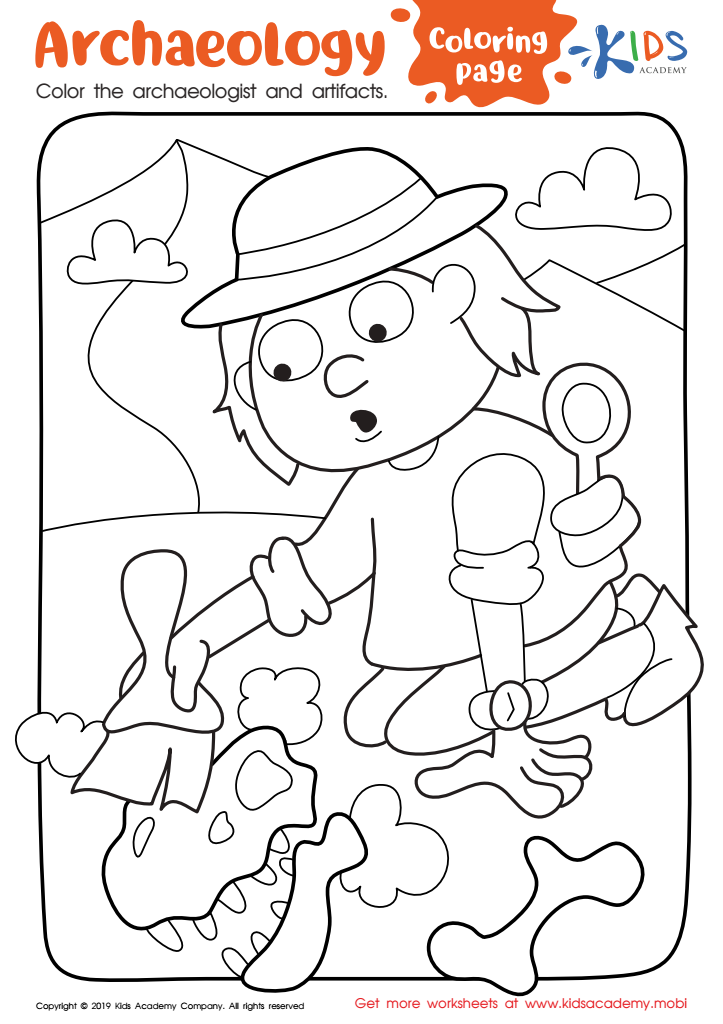

Archaelogy Coloring Page Worksheet
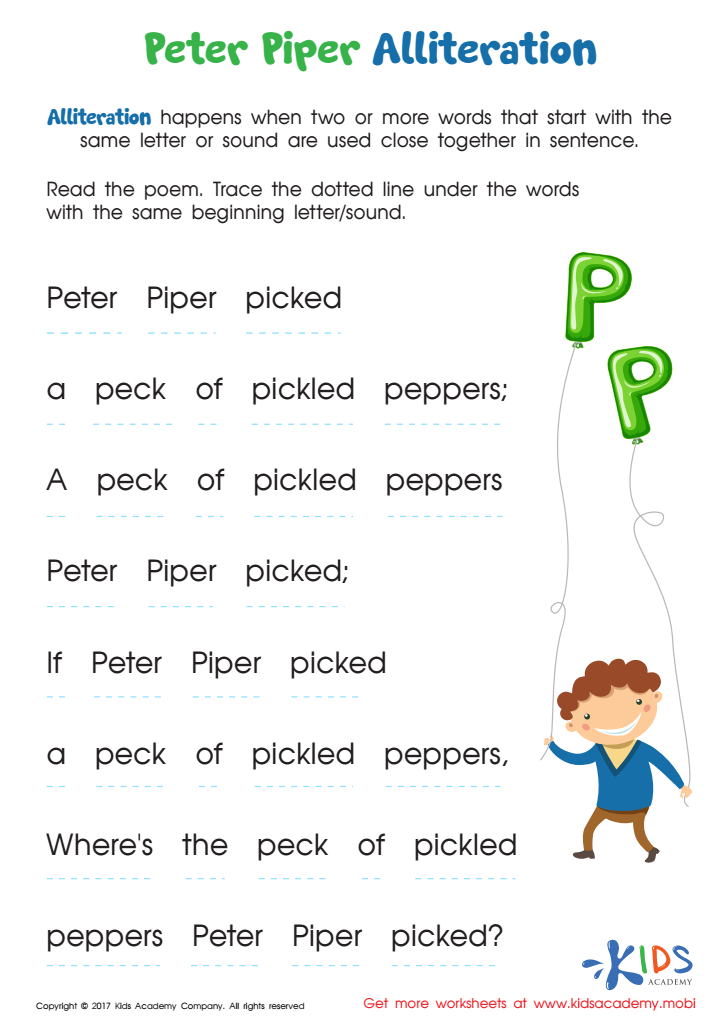

Peter Piper Alliteration Worksheet
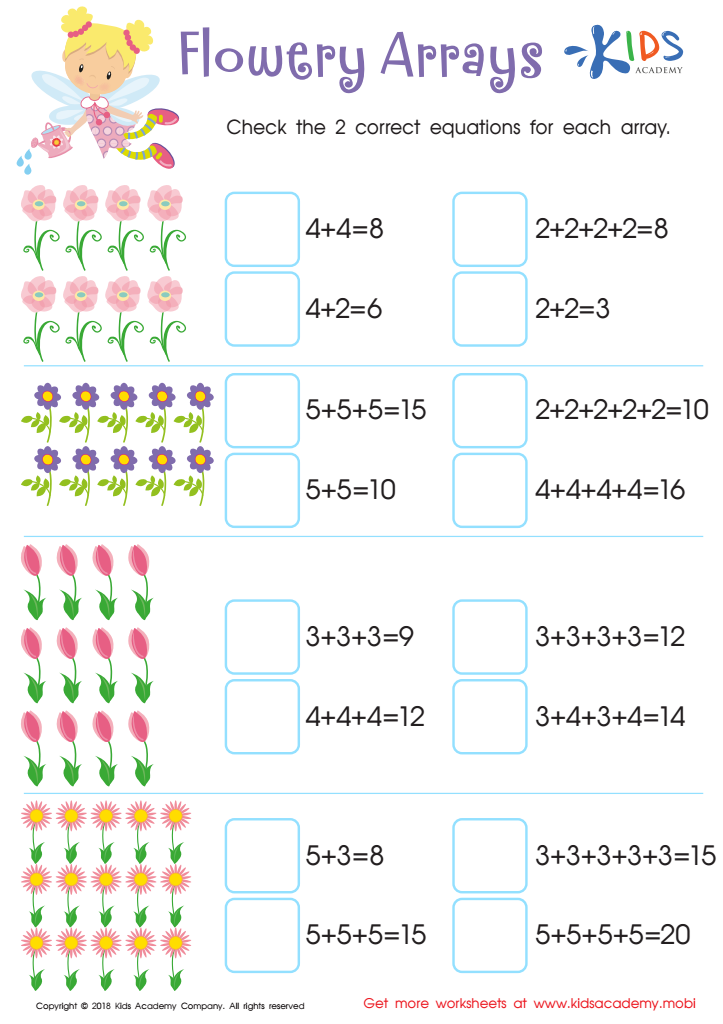

Flowery Arrays Worksheet
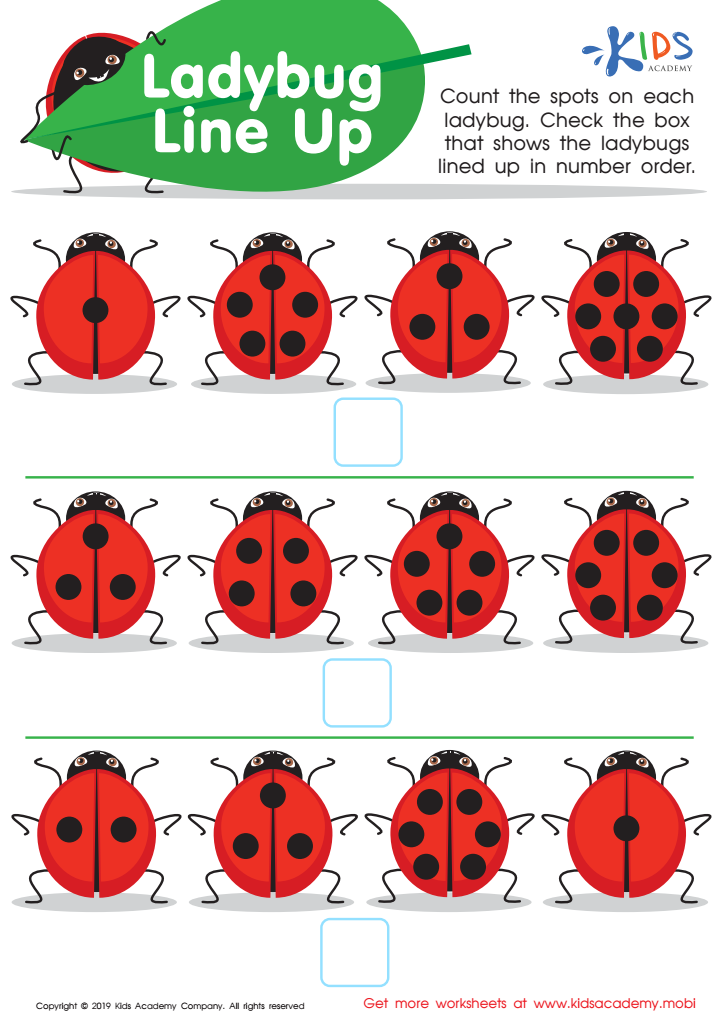

Ladybug Line Up Worksheet
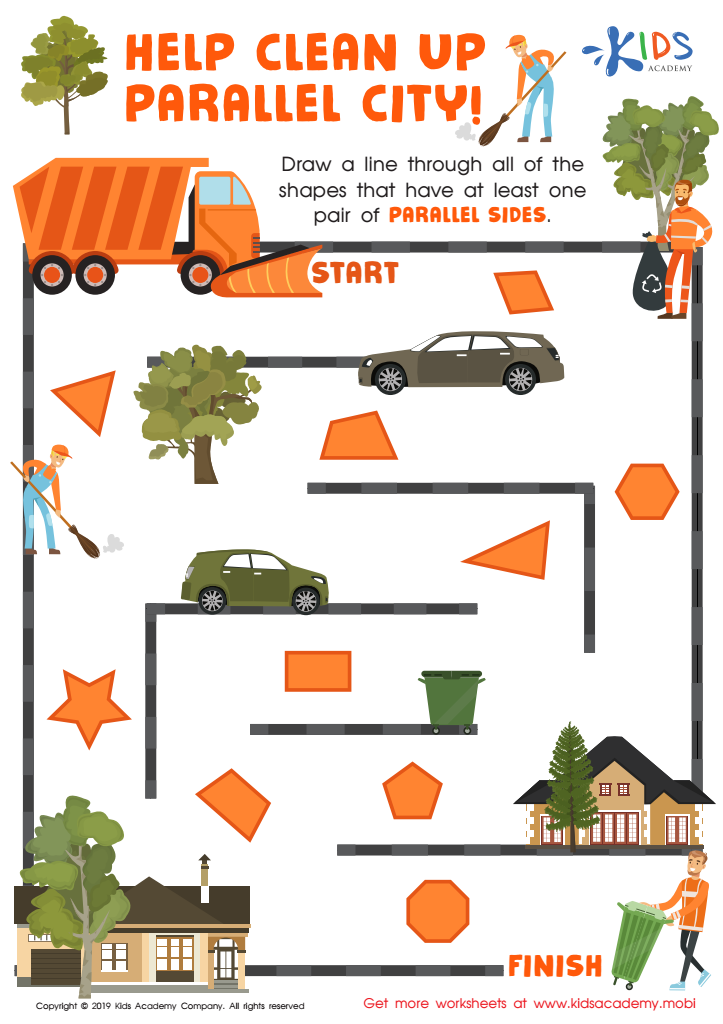

Help Clean Up Parallel City Worksheet
Enhancing creativity in children aged 5-9 is crucial for their holistic development. At this age, children are at a formative stage where their brains are highly receptive to new ideas and experiences. Encouraging creativity boosts problem-solving skills and fosters resilience. It allows children to explore their imagination, which is essential for cognitive development and emotional expression.
Additionally, creative activities enrich language skills, as children learn to articulate their thoughts and feelings. Creative play—a cornerstone of early childhood education—promotes collaboration and social skills as they share ideas and work in teams. This collaborative experience lays a foundation for effective communication and relationship-building in their future academic and social interactions.
Moreover, creativity enhances critical thinking. When children engage in creative tasks, they learn to evaluate different perspectives, analyze options, and make decisions—skills that are invaluable in an increasingly complex world. Ultimately, fostering creativity prepares children to embrace challenges and adapt to changes, setting the stage for lifelong learning and innovation.
For these reasons, it is imperative that parents and teachers prioritize creativeness in learning environments, recognizing it as a central component of well-rounded education and personal growth for children in this critical age group.

 Assign to My Students
Assign to My Students

